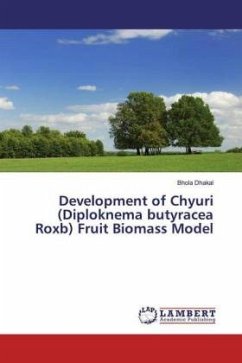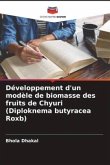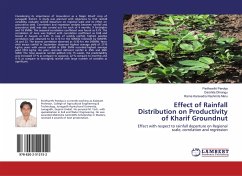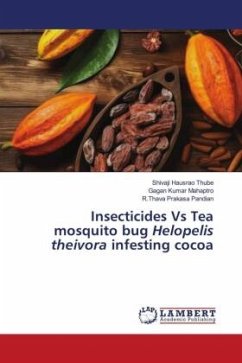Indian butter tree (Diploknema butyracea Roxb) is one of the important NTFP trees abundantly distributed within 200 to 1700 msl from west to east in Nepal. Chyuri is important for improvement in livelihood of poor and marginalized, ethnic and indigenous people in Nepal. It is equally important to estimate the contribution from this species in poverty alleviation from its fruit production and byproducts. The study aims in developing the fruit biomass regression models for Chyuri (Indian butter tree). A total 30 trees were purposively selected from clusters of Chyuri from Piple Basaha community forest of Dagtumdanda village development committee, Baglung, Nepal. Biomass models developed could be applied to obtain biomass of fruits of different Indian butter tree grown in the study area and could even be applied to other areas which have similar conditions; but it should be validated before using them in new sites and conditions.
Bitte wählen Sie Ihr Anliegen aus.
Rechnungen
Retourenschein anfordern
Bestellstatus
Storno








